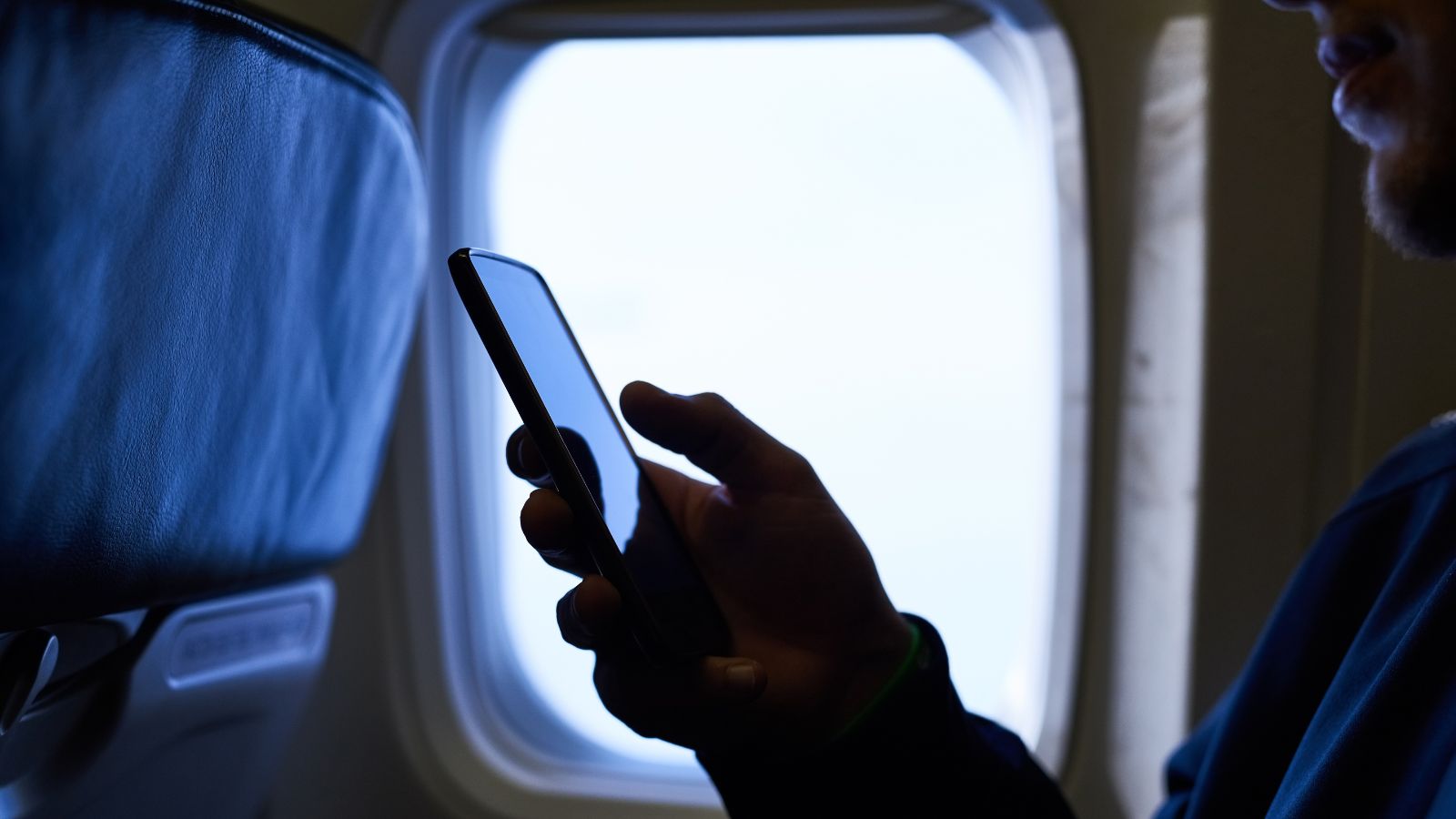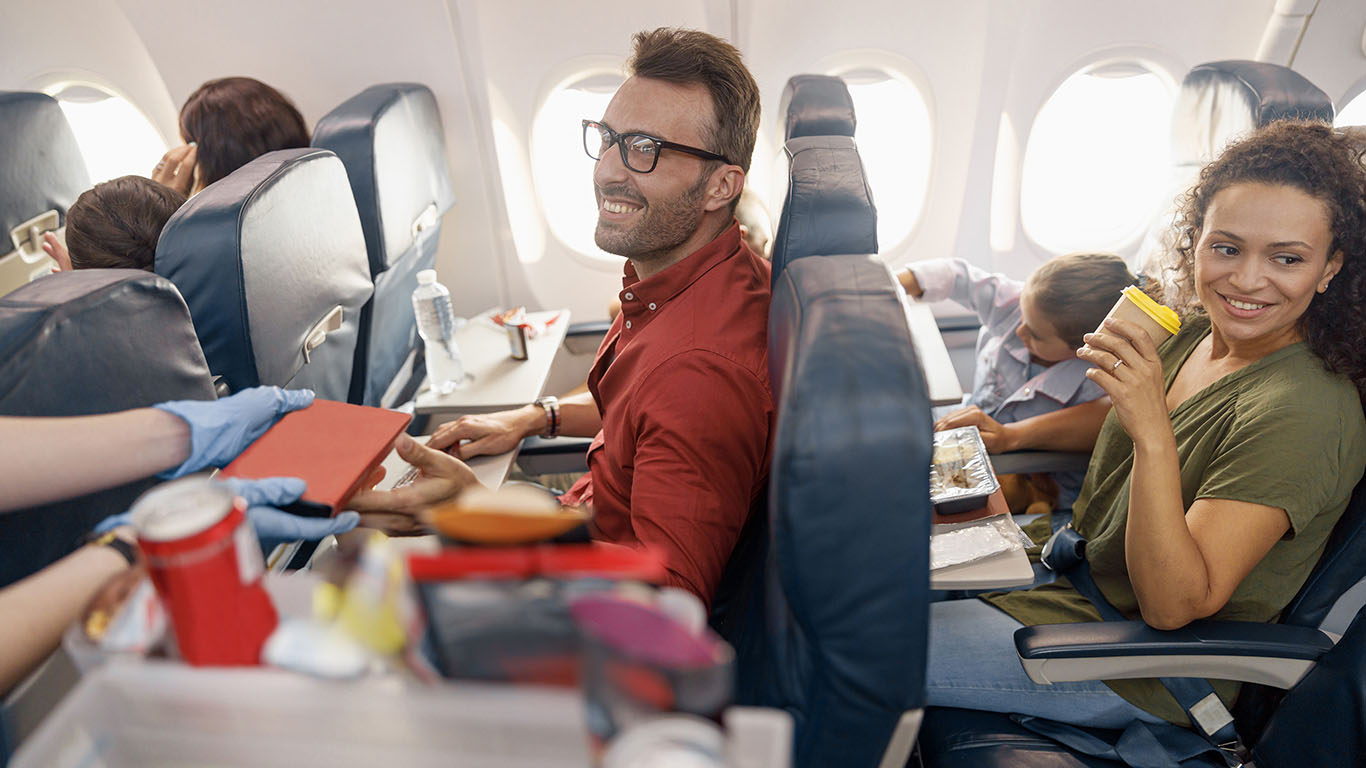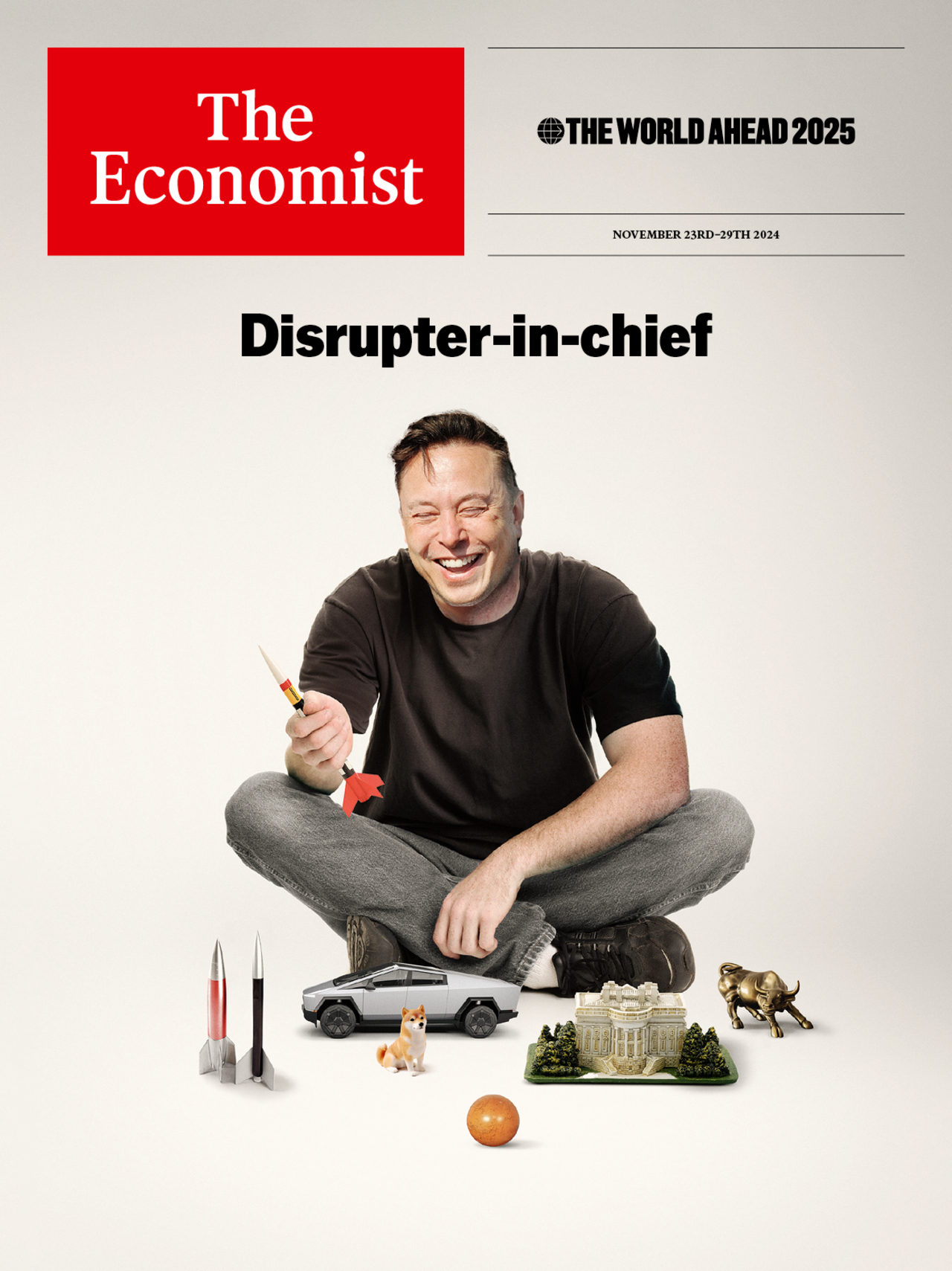
Redefining the Travel Experience: Innovations in Tech and Air Travel
As technology continues to weave itself into every aspect of our lives, the intersection of travel and tech has seen a revolution, from airplane boarding processes to smartphone displays. In a world where user experience is paramount, companies like American Airlines and Samsung are taking bold steps to enhance customer satisfaction while also navigating the challenges of cost management and operational efficiency.
 Innovative solutions reshaping passenger experiences.
Innovative solutions reshaping passenger experiences.
American Airlines vs. ‘Gate Lice’
American Airlines is stepping up to tackle a long-standing annoyance in air travel: the term “gate lice,” which refers to those passengers who try to board early, creating chaos at the boarding gate. The airline recently launched a pilot program using new technology designed to alert staff when someone attempts to board before their designated group.
An American Airlines spokesperson stated,
“The new technology is designed to ensure customers receive the benefits of priority boarding with ease and helps improve the boarding experience by providing greater visibility into boarding progress for our team.”
The initiative is currently being tested at several major airports, including Albuquerque International Sunport and Ronald Reagan Washington National Airport. As travelers share their mixed reactions on social media, some believe that enforcing carry-on policies may be a more effective remedy to the boarding dilemma.
Jacqueline Whitmore, a former flight attendant, supports the new procedure, noting,
“I see this new procedure as a good thing. It will help expedite the boarding process and keep people honest.”
The Rise of Technology in Air Travel
This technological shift isn’t just about convenience; it’s about improving the overall customer experience in an industry that has faced criticism for long wait times and chaotic boarding processes. Considering the influence of social media, where terms like gate lice gain popularity and power, companies must adapt quickly to meet ever-changing passenger expectations. This response from American Airlines illustrates a larger trend of airlines using technology for enhanced operational efficiency.
 Streamlining the boarding process for better efficiency.
Streamlining the boarding process for better efficiency.
Samsung’s Galaxy S25: A Shift in Display Strategy
On the tech front, Samsung’s upcoming Galaxy S25 series is generating buzz, not just for its expected features but for an unexpected cost-saving measure regarding display technology. As reported, Samsung plans to incorporate M13 organic materials for the screens in its new lineup, which will feature the Galaxy S25, S25+, and S25 Ultra models. The choice suggests a strategic move to reduce manufacturing expenses, particularly in the face of fierce competition from Apple and Google, who have opted for the more advanced M14 materials.
While using M13 materials may increase profit margins, it’s likely that these savings will not be passed on to consumers in the form of lower prices. Unlike the M14 materials used in competitors’ devices—boasting a 20-30% efficiency boost and a longer lifespan—the M13 variants may not deliver the same level of performance.
Performance Impacts of M13 vs. M14 Display Materials
The differences between M13 and M14 materials are crucial for consumers who value display quality. The M14 displays, known for their superior brightness and color vibrancy, provide a more immersive viewing experience, which is a key selling point in today’s smartphone market.
Despite the switch to M13 materials, consumers can expect that the Galaxy S25 Ultra will retain its premium feel by using Gorilla Glass Armor, developed to reduce screen reflectivity significantly.
 The evolution of smartphone display technologies.
The evolution of smartphone display technologies.
Bridging the Gap Between Cost and Quality
Both American Airlines and Samsung face challenges that illustrate a common theme: balancing customer satisfaction against financial prudence. By leveraging technology to enhance the travel experience, American Airlines is striving to alleviate frustrations that many travelers face, while Samsung’s attempts to cut costs come at a risk when competing against technology giants like Apple and Google.
Conclusion
As these companies navigate their respective industries, the lessons learned highlight a critical dilemma: the necessity of innovation often walks hand-in-hand with the objective of profitability. Whether through piloting new systems at the airport gate or adjusting manufacturing strategies in smartphone production, organizations must weigh the immediate financial benefits against the long-term impacts on customer relations and brand loyalty. In a landscape where consumers hold more power than ever to voice their opinions and experiences, companies that prioritize technology that enhances user experience are well-poised to build a loyal customer base.
For travelers and tech enthusiasts alike, this evolving narrative is not merely a backdrop but the forefront of the journey toward a more seamless, enjoyable experience.
Stay updated with the latest developments in tech and travel.
Tags
- Technology
- Travel
- Airline Innovations
- Smart Displays
- Consumer Electronics
Summary
Explore the dynamic intersection of travel and technology with American Airlines’ new boarding system and Samsung’s cost-saving approach in display materials for the Galaxy S25. Discover how these innovations aim to enhance user experience even amidst financial constraints.












